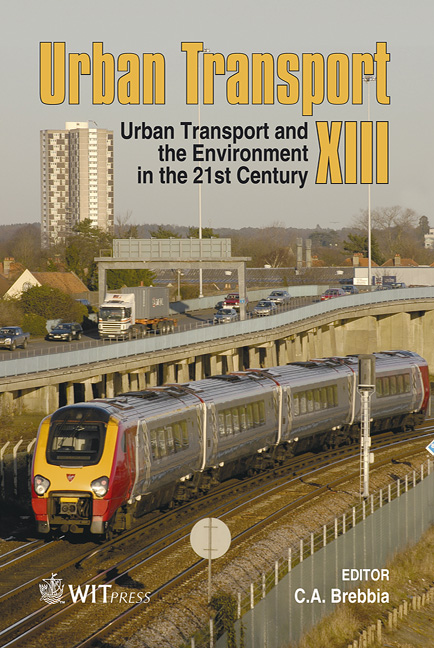Determination Of Factors That Influence Public Transport
Price
Free (open access)
Transaction
Volume
96
Pages
10
Published
2007
Size
592 kb
Paper DOI
10.2495/UT070311
Copyright
WIT Press
Author(s)
R. Uspalyte-Vitkuniene & M. Burinskiene
Abstract
This paper proves that modelling of the public transport route network in Lithuanian towns is very important. It is the new way for planning public transport services in Lithuania under market-conditions, in order to reach harmonious interaction between public transport and the needs of citizens. An empirical statistical method was used for finding indicators that mostly have influence on public transport flows. The used data included data from public transport research in Vilnius and theoretical research on public transport’s accessibility and its economic indicators. The empirical model of Vilnius public transport was developed with the help of statistical analysis software Statgraphics. Statistical means were used to choose the most characteristic indicators that have impact on the demands for public transport and to formulate models of polynomial regression. These factors were analysed in 50 Vilnius transport districts and its suburbs on the grounds of the last comprehensive research on passenger flows of public transport carried out in 2002 and on the theoretical research of public transport services (accessibility, route density, frequency) and economic indicators (passenger transportation price). Keywords: transport system, public transport, influence comparison, intermodal network, market segmentation. 1 Standpoint of a planner In the process of urban development a social and physical division of cities has been continuously increasing. The citizens are distributed in different regions – to live, work and serve. For example, today it is quite usual for a person to live in one district, to work in another district and to go to the third district for spending
Keywords
transport system, public transport, influence comparison, intermodal network, market segmentation.





